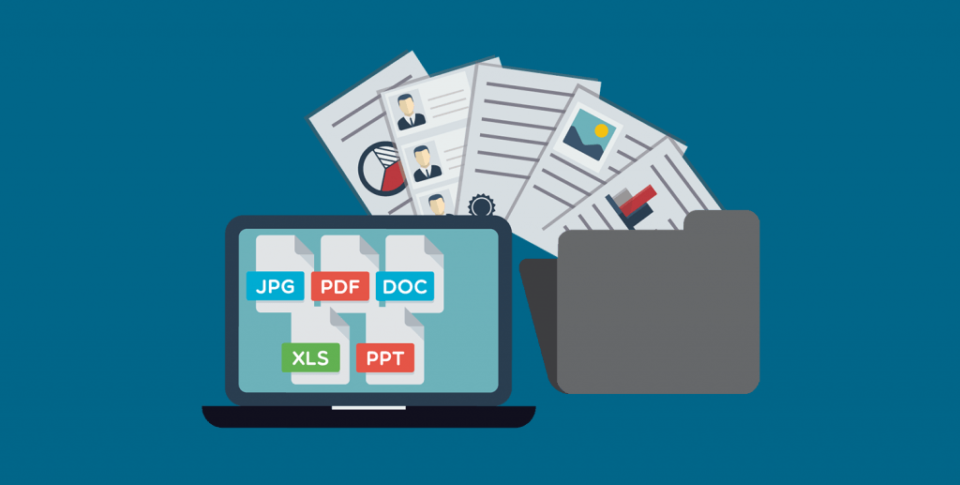Document management systems also allow you to create, modify, and manage business files. It may be a PDF file, a Word document, a scanned or saved image of paper-based content, emails, financial reports, or spreadsheets.
Document management systems offer several benefits, but what are they?
Automated enterprise document management systems save you and your employees time while clearing and decluttering existing physical and digital storage spaces.
- A properly categorized and organized set of documents is also easier to retrieve – saving you time, and reducing frustrations among your employees and clients.
- Documents can also be automatically tagged with metadata, verified, and classified, improving workflows and strengthening collaboration capabilities.
- A number of built-in security features can help you set permission and access rules and track who has viewed, shared, and edited documents.
- The document management system also enables you to back up digital files like emails and previously paper-based files.
EDMS stands for Electronic Document Management System.
You can store, organize, search, share, and distribute many types of documents more efficiently with an electronic document management system (EDMS).
Integration of an EDMS into regular workflows is possible. It enables users to create and convert documents in a more efficient and reliable way by providing tools and automated processes. By using an EDMS, you can collaborate seamlessly within these documents, store and access files, and secure and verify them.
These are 5 examples of document management software
The features of each type of document management system should be reviewed to determine which best meets the needs of your organization.
Platforms for managing projects
The project manager and employee can access relevant documents from a central repository when planning and managing projects. Team members can share files and save them as either read-only or editable files using this software.
Knowledge bases internal to the company
As needed, an organization may tap into proprietary or private knowledge stored in its internal knowledge base. To minimize interruptions to employees, it should contain as much information and documentation as possible. Internal documents can be stored, managed, and shared effectively with it.
Tools for collaboration
Members of your organization working together on specific documents can access collaboration tools instantly, see who is working on what section or component, easily establish approval structures, and be notified when edits or updates are required.
Tools for managing knowledge
An organization’s knowledge management strategy involves cataloguing, updating, and utilizing current and past employee knowledge. Analyzing employee knowledge is part of the process as well. In a knowledge management system, company documents can be centralized digitally and managed as an example of captured knowledge. This makes retrieving documents easier, improving workflow efficiency. Furthermore, knowledgeable management can ensure compliance with constantly changing regulations. The security of documents is enhanced when passwords and backups are added to a document management system.
Tool for managing documents online
You can use web-based document management to organize your digital documents and share, search, and retrieve them in your organization using web-based navigation and controls. Your employees from across the globe can simply create, collaborate on, share, and search documents from a web-based document management tool.

